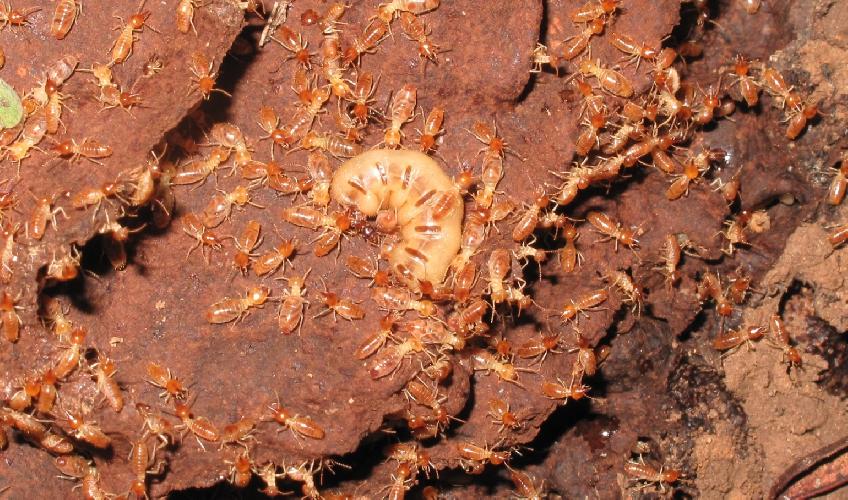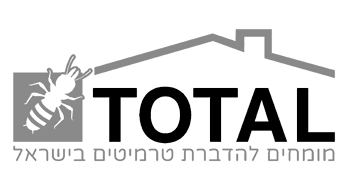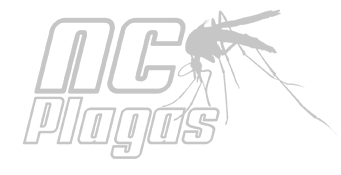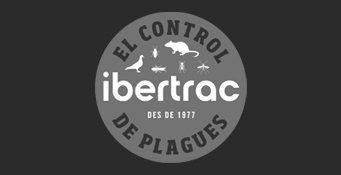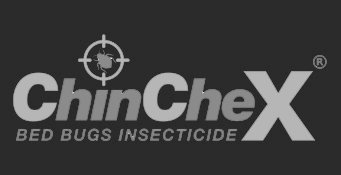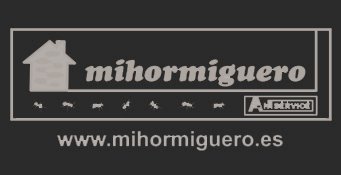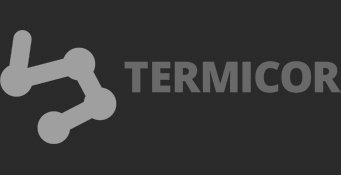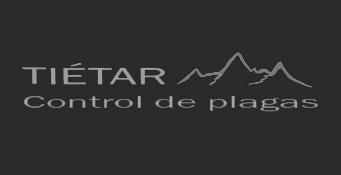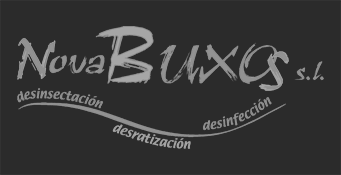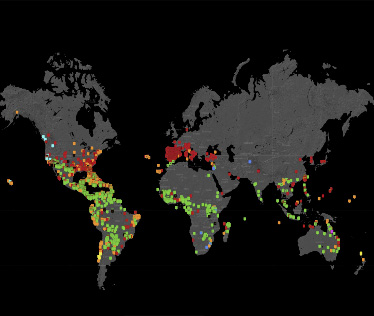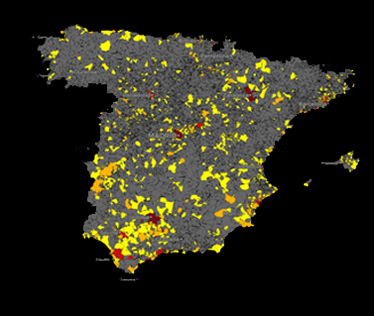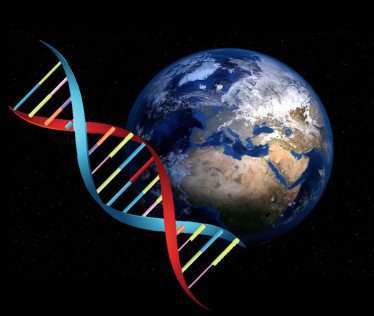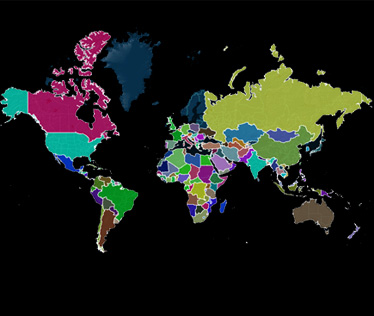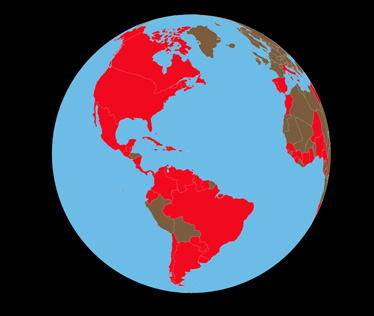Termites: A Superorganism
In the previous article we talked about how important the inanimate part of a colony is, now we will dedicate ourselves to getting into the animated part of a termite colony and how this group of individuals end up acting as if they were a single organism, a superorganism.
Many animals exhibit social behaviors, such as forming aggregations of individuals in specific situations or presenting parental care, but these behaviors do not necessarily mean that an animal can be categorized as social. In biology, an animal is called truly social when it exhibits "eusociability." By definition, eusocial animals are those that meet the following characteristics established by the renowned entomologist E.O. Wilson in 1971: they live in groups even after reaching adulthood, they perform cooperative care of immature individuals (even if it is not their offspring), they present a division of reproductive labor (not all individuals can reproduce) and they reveal an overlap of generations.
The existence of eusocial communities has been the center of debate and a great question in the world of biology. The theory of evolution establishes that those individuals with a greater biological aptitude will be the most successful, defining this aptitude as the ability of an individual to pass on their genes to new generations. So why would the presence of sterile individuals be evolutionarily successful? Charles Darwin referred to this unknown in his famous book The Origin of Species:
“… But, I find myself in a special difficulty, the one that seems at first insurmountable for me, and even fatal for all my theory. I am referring to the sterile individuals of certain insect communities… ”(Darwin 1859, p.236)
It took 100 years since Darwin encountered this crossroads for the answer to appear. In 1964, Hamilton posited one of the most fundamental theories for biology, the inclusive fitness theory. In this postulate, Hamilton explained that if a gene promotes altruistic behavior (such as the fact of giving up your reproduction) it is because it had copies of itself in other individuals, so that by helping those others to survive, it could ensure that they transmit their genes. This phenomenon is mathematically known as c <br, where r is the degree of kinship between the individual who performs the altruistic action (donor) and the one who receives it (recipient), b the reproductive benefit for the recipient, and c the reproductive cost for the recipient. donor.
The concept of eusociability is usually associated with insects, but it can also be observed in some crustaceans and moles. In a more controversial point of view, E.O. Wilson suggested in 2012 that humans would be an eusocial species. However, the greatest abundance of social animals is found among insects. Among them, the Hymenoptera order (bees, wasps, ants, etc.) is the best known for its high degree of sociability, although in reality most of its species are asocial.
Among social organisms, termites are probably the most notable group. It is impossible to think of an individual in a termite colony as a solitary insect. If you separated him from his colony, this individual would be destined to die. Termites have a developed caste system and each caste is devoid of some elements that would be present in a solitary insect. In other words, we must think of a termite colony as a "superorganism." A superorganism is a social unit of eusocial animals, where the division of tasks is highly specialized and where individuals are unable to survive alone for long. The workers and soldiers are incapable of reproducing; soldiers and kings cannot feed themselves; workers and kings cannot generally defend themselves properly; and the soldiers and workers cannot fly out of the nest. Along these lines, we can think of the colony's nest as the skin that covers an organism (in this case the colony), in the workers of a colony as the digestive system in charge of feeding and nourishing the organism, in the soldiers as the immune system that defends him, and the kings as his reproductive system.
Bibliography
Hölldobler B, Wilson OE. 2008. The superorganism: the beauty, elegance, and strangeness of insect societies. New York (USA): W. W. Norton.
Nowak MA, Tarnita CE, Wilson EO. 2010. The evolution of eusociality. Nature, 466(7310), 1057.
Wilson EO. 1971. The insect societies. Cambridge (MA): Harvard University Press.
Wilson EO. 2012. The social conquest of earth. New York (USA): Liveright Press.
Enlace a la foto de portada --> https://www.australiangeographic.com.au/topics/wildlife/2016/07/hidden-housemates-the-termites-that-eat-our-homes/
Un artículo escrito por la Dra. Valeria Palma-Onetto


